When I started this book, I have to admit, I did not think it would be as absolutely fascinating as it turned out to be. It’s by a professor of obstetrics and gynaecology, and it’s about the medical differences between men and women. There are lots of medical differences between men and women — something doctors in general should bear in mind during treatment. But they don’t, says Dr Glezerman — or, at least, not enough.
This is all in the realm of the fairly interesting. Men and women are hormonally different from each other, they store fat differently, their brains are not quite the same, they respond to heat and cold in slightly different ways, they are affected by anxiety and depression and cancer and heart disease in different ways, their immune systems are not exactly the same, their muscle mass is different. Women are born with a finite number of eggs. Men produce billions of sperm every day. They shoot them out. And so on.
I was expecting a whole lot of medical information in this vein — information about men and women, and about diseases, and about how the diseases harm men and women in different ways. And, to a large extent, this is what I found.
Take colon cancer. The passage of food through the (pre-menopausal) female colon is slower than the equivalent journey through its male counterpart. ‘Thus small amounts of blood which would be indicative of pathology in the colon, including cancer, also remain longer in the large intestines before being expelled.’ In other words, you might be looking for blood in the female stool. And you might not find it. But just because it’s not there now doesn’t mean it wasn’t there at some point in the recent past. And some doctors may not factor this in.
Now let’s think about heart attacks. Doctors know what to look out for: the chest pains, the ‘radiating’ pains in the shoulder and arm. But ‘the problem is that among 20 per cent of women, heart attacks look completely different’. In these cases, the symptoms develop more slowly. There might be less chest pain and more shortness of breath. The pain might be in ‘the neck or the jaw’ rather than the arm or the shoulder. If a doctor is looking for ‘classic’ male symptoms, the patient might not be diagnosed in time.
Another thing to look out for is ‘broken heart syndrome’, or Takotsubo Cardio-myopathy, a condition which can happen to postmenopausal women, and which ‘imitates the classic symptoms of heart attack’. You might think that the woman is having a heart attack. But there’s ‘no blockage of the cardiac blood vessels’; rather, the organ failure is caused by a ‘sudden flooding of stress hormones’. This, apparently, makes the heart look like the type of pots used by Japanese fisherman when trying to catch octopuses (tako = octupus; tsubo = pot, Glezerman explains).
This is all very good. But there is something deeper here. Glezerman tries to imagine the lives of ancestral men and women. When they hunted, men would need to stay silent, unless they had something ‘essential’ to say. Women, on the other hand, out gathering stuff, would be happy to communicate volubly with each other. It turns out that women have developed more language centres in their brains, which is why they are linguistically adept, and also why they sometimes recover well from strokes.
Also, because women need to live in close contact with snotty children, the female immune system has to be ‘more robust’. But if this is a blessing, it can also be a curse, because a powerful immune system sometimes ‘goes rogue’, and causes autoimmune diseases, such as fibromyalgia and lupus.
Glezerman is great on pregnancy. He describes the voyage of ejaculated sperm particularly well — billions of swimmers, travelling what must seem like an immense distance, with almost no hope of success, in thrall to the huge egg. And why are more girls born during times of great hardship? This is the Trivers-Williard effect, in which weaker male fetuses spontaneously abort, the suggestion being that weak males are less likely to reproduce than weak females.
A medical book, then, with the added benefit of making you think on a deeper level. It’s full of facts. For instance: when women are ovulating, their saliva tastes sweeter. When women smoke, they are more likely than men to get colon cancer. Women’s thumbs are more mobile than men’s thumbs. Women get more strokes than men, but fewer heart attacks.
But it makes you think in a more philosophical way, too. Sperm, you think. Eggs, you think. Pregnancy. Evolution. The whole caboodle.
The post His and her healthcare appeared first on The Spectator.
Got something to add? Join the discussion and comment below.
Get 10 issues for just $10
Subscribe to The Spectator Australia today for the next 10 magazine issues, plus full online access, for just $10.
You might disagree with half of it, but you’ll enjoy reading all of it. Try your first month for free, then just $2 a week for the remainder of your first year.


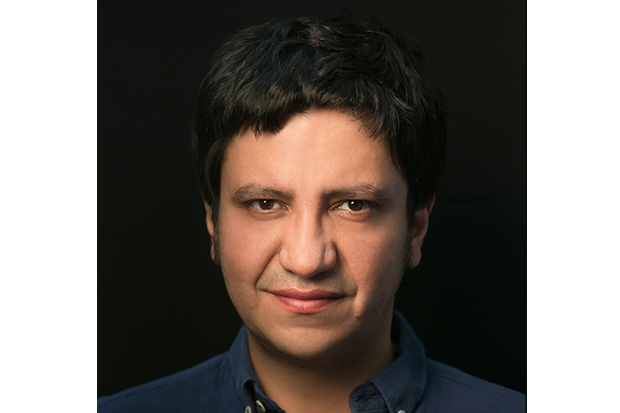
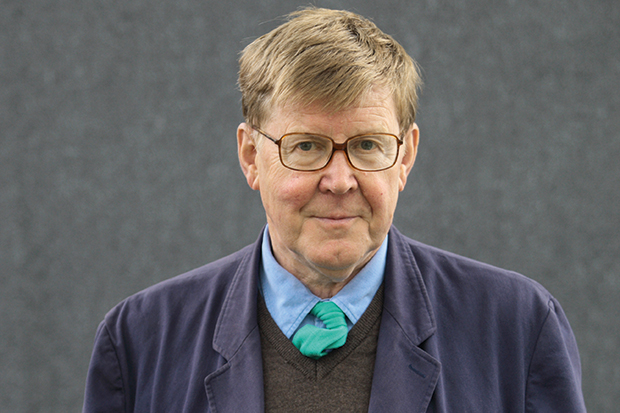
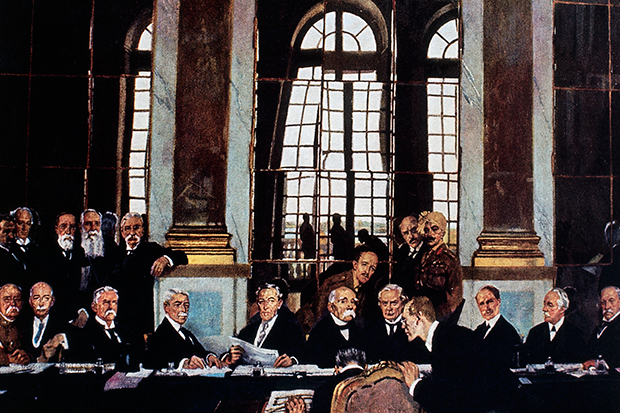
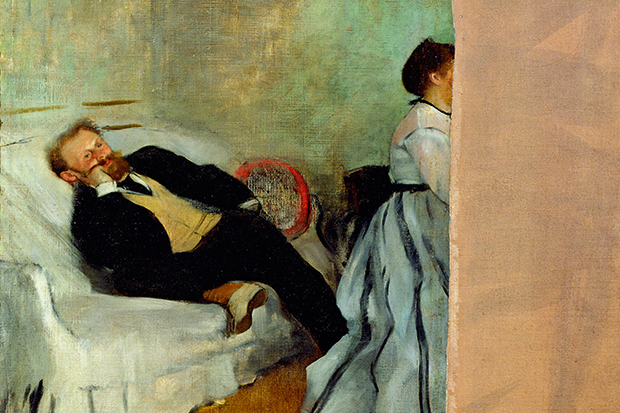
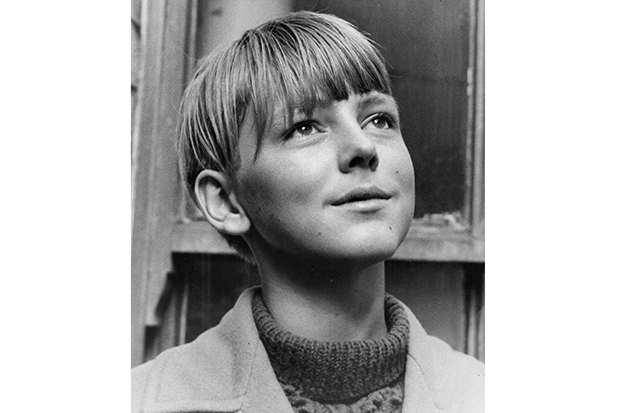
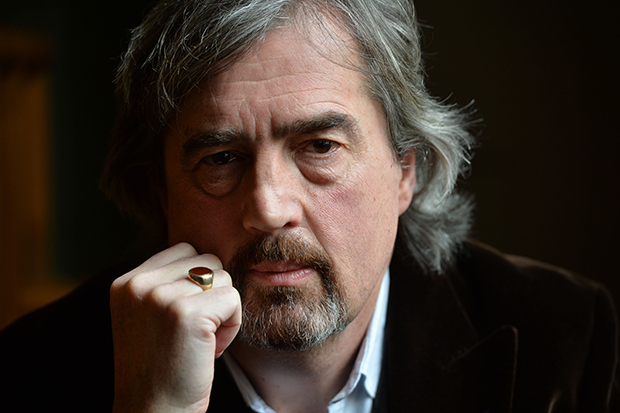






Comments
Don't miss out
Join the conversation with other Spectator Australia readers. Subscribe to leave a comment.
SUBSCRIBEAlready a subscriber? Log in